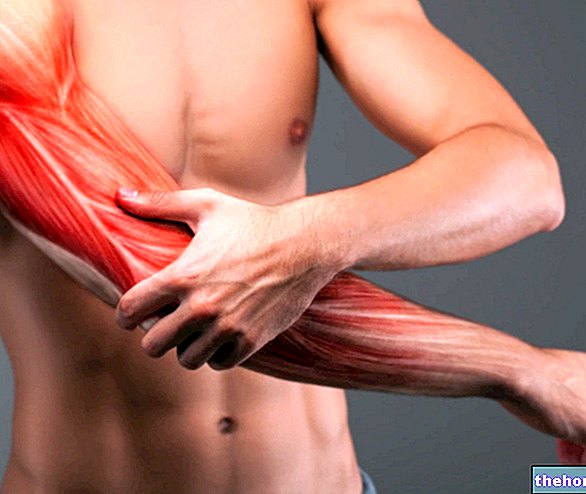Edited by Dr. Stefano Casali
Benign collapse
Appearance: Conscious and alert
Exam result:
Rectal temperature <40 ° C
Systolic blood pressure> 100
Heart rate <100 beats per minute
Weight loss 0-5%Result of laboratory tests:
Blood glucose = 70-180 mg / dl
Sodium in serum = 135-145 mEq / L
Severe collapse
Appearance: Unconscious, altered mental state
Exam result:
Rectal temperature> 40 ° C
Systolic blood pressure <100
Heart rate> 100 beats per minute
0-5% weight gain or lossResult of laboratory tests:
Blood glucose = 180 mg / dl
Sodium in serum 148 mEq / L
Symptoms of Hyponatremia
Light
(Na 131-135 mEq / L)
Generally no symptoms
Moderate
(Na 126-130 mEq / L)
Malaise, nausea, fatigue, confusion, "bumpy running"
Serious
(Na <126 mEq / l)
Stroke, coma, death
In most cases, the collapse is treated with rest, lifting the legs and pelvis and administering fluids by mouth, especially rehydrating solutions or sports drinks that contain carbohydrates and sodium. As for the most severe form of collapse, when it is associated with hyponatremia and heat stroke, serious complications such as organ damage and even death can occur if treatment is not appropriate and timely. Hyponatremia may be suspected if rectal temperature, blood pressure, and heart rate are normal in the athlete who has collapsed and shows signs of instability. In overhydrated athletes, the administration of large amounts of fluids intravenously should be avoided as there is a risk of damaging the heart or causing death. When the athlete appears dehydrated and is presumed to have a low blood volume, an intravenous administration of saline serves to restore water and salts. In severe cases, highly hypertonic saline solutions (3-5%) can be chosen to be injected a lot. slowly (less than 50 ml / h) keeping the athlete's general conditions under constant control.
We can speak of heatstroke if the athlete has a rectal temperature above 40 ° C. In addition, athletes subject to heatstroke have a very high heart rate, rapid breathing and low blood pressure. heat is consequent to physical activity, the athlete will sweat profusely. The cure for heatstroke is a rapid cooling by immersion in tubs of ice water, an immersion that must last at least 5-10 minutes until the rectal temperature falls below 38 ° C or until the athlete does not on the other hand, if cooling is delayed and the temperature rises above 42 ° C, the possibility of death approaches 80%. Heatstroke is a real medical emergency that we can also call "heat attack" and requires prompt treatment so that every minute of waiting significantly reduces the athlete's life expectancy.
Symptoms of hypoglycemia are body tremors, fatigue, anxiety, sweating, difficulty speaking and eventually coma. The treatment requires the administration of glucose (sports drink, fruit juice, candy or glucose tablets) which offers immediate relief. Intravenous glucose solutions or glucagon injections are preferred for all unconscious or irresponsible hypoglycemic athletes in order to immediately raise blood sugar levels.
Hypothermia is considered light when the body reaches temperatures around 32-35 ° C and is accompanied by mental confusion and intense tremors. The treatment is based on protecting the athlete from atmospheric events, replacing wet clothes and passively warming the body with a blanket and a cup with hot liquids to drink. On the other hand, when the temperature drops below 32 ° C, the tremor (which generates heat) stops; if this occurs it is necessary to take the athlete immediately to the hospital where more effective warm-up measures will be adopted.
Other articles on "Collapse and sport: how to intervene"
- Hypoglycemia and Hypothermia in the Athlete
- Syncope
- Vasovagal syncope, neuromediate syncope, post-exercise syncope
- Collapse and Sport
- Collapse and training
- Muscle cramps and dehydration
- Hyponatremia
- Sudden Sports Death
- Sudden Sports Death: causes and prevention



























